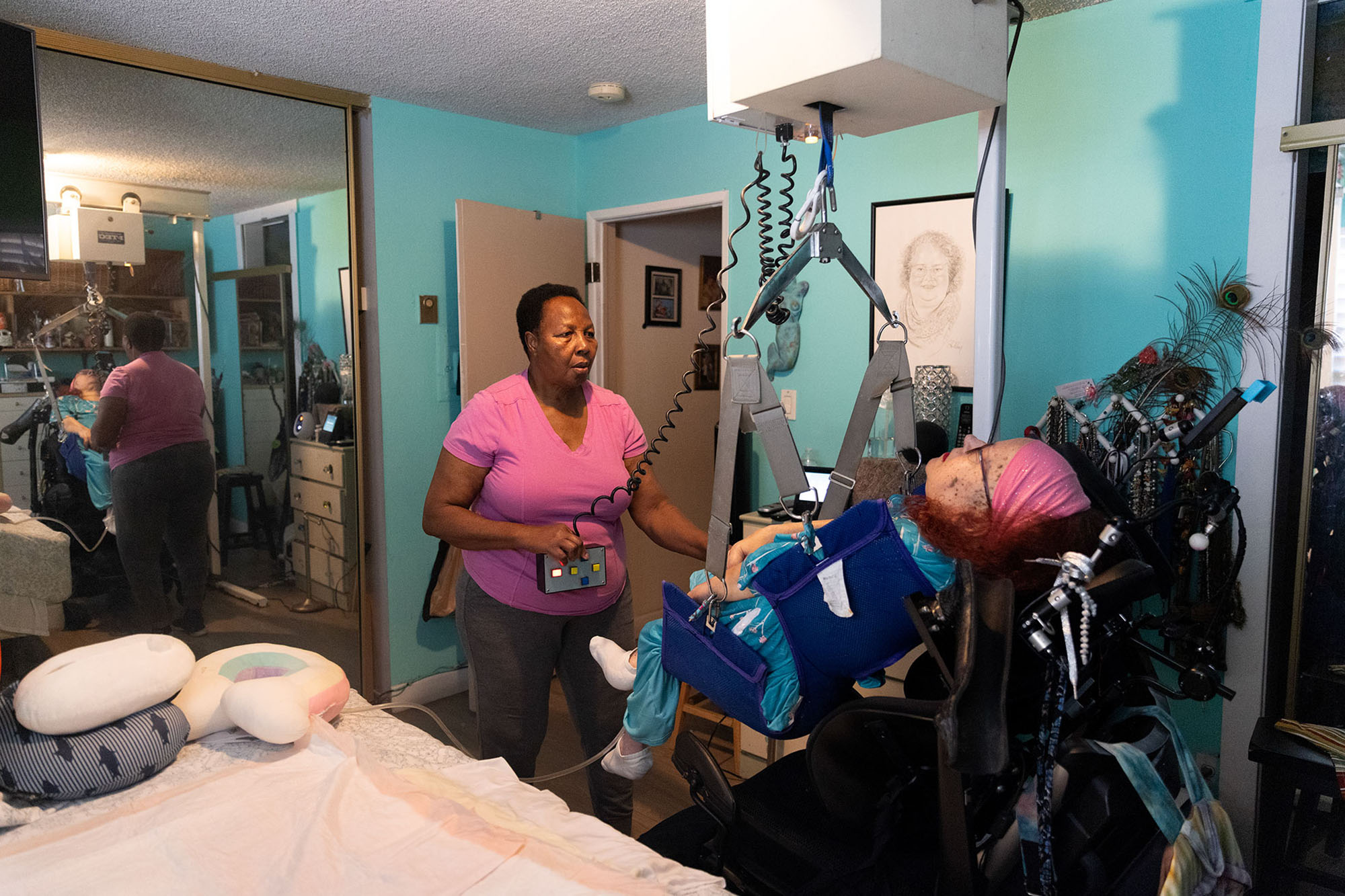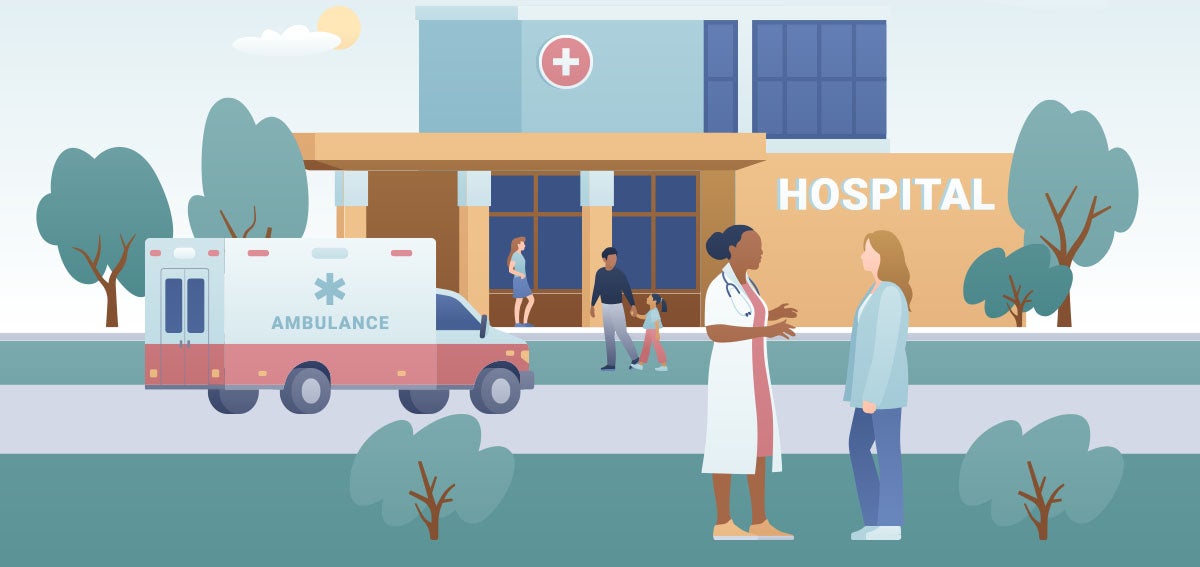Due to low adult literacy rates in California and complex program rules, many adults that Medi-Cal serves may not be able to read or understand the forms and documents they receive from the program. This includes the What You Need to Know When You Apply for and Enroll in Medi-Cal, the document that is sent to over six million households yearly.
This project improved the readability and understandability of What You Need to Know (also known as MC 219), based on best health literacy practices and on findings from user testing in English, Spanish, Vietnamese, and Mandarin. This report, intended for Medi-Cal staff and administrators, advocates, and stakeholders across California, focuses on that process, the resulting outcomes, and recommendations to consider when modifying or creating future communications for Medi-Cal enrollees. It also builds on the lessons and recommendations of Plain and Clear: Making Medi-Cal Communications Easy to Understand.
Examples of research key findings and recommendations include these:
- There were an abundance of acronyms, jargon, and words that were intimidating or confusing to Medi-Cal enrollees. Recommendations:
- Use phrasing that does not intimidate Medi-Cal applicants and enrollees. (Various examples of suggested phrasing are provided in the paper.)
- Continually test Medi-Cal and health care–related wording and phrasing to ensure it resonates with commonly used wording and phrasing that applicants and enrollees use.
- There was no useful “road map” to help enrollees know where or how to get help, find forms, and submit important documentation. Recommendations:
- Ensure that all websites referenced in Medi-Cal enrollee communications are specifically for applicants and enrollees rather than for providers.
- Provide contact information in a consistent and recognizable pattern.
- Ensure that mailing addresses are complete and current.
- Ensure that TTY numbers are consistently and accurately provided.
- Downplay the prominence of fax numbers when providing contact information.
- Create vanity URLs that are short and easy to remember and type.
- Specify when contact information is available for specific languages.
- Trust is key and bidirectional. Recommendation:
- Phrase information in transparent ways so that Medi-Cal applicants and enrollees do not feel that DHCS and the Medi-Cal program are “out to get them.” (Specific examples are provided in the report.)
Examples of process and policy recommendations include these:
- Determine which units, agencies, and organizations use, have an influence on, or will be affected by the communication — and involve them from the start.
- Consider the timing of when new laws will go into effect and when existing legislation will change.
- Commit to thinking of Medi-Cal communications as living documents that can be changed regularly.
The California Department of Health Care Services has started many initiatives to improve the readability and usability of its documents. Coupled with following the action steps and policy recommendations in this report, these initiatives will help many more Californians enroll in and retain Medi-Cal and access the health care they need.





